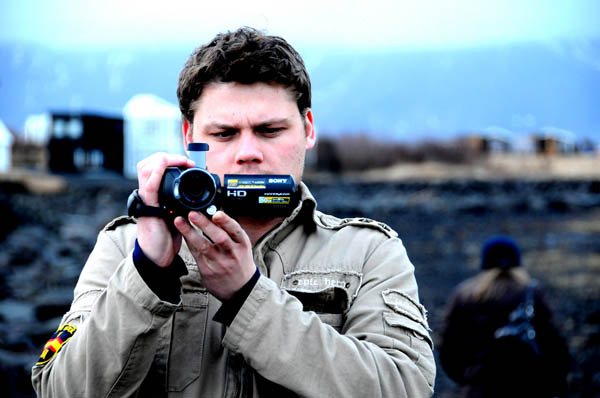
Photo: dieogo cupola
1. The Light Side of the Force
The most important factor in video is lighting. Insufficient light makes videos grainy and dim, and affects blurriness and capture rate. Video cameras don’t “see” as well as humans do in the dark or indoors, so low-light videos are often very disappointing compared to “the real thing.”
